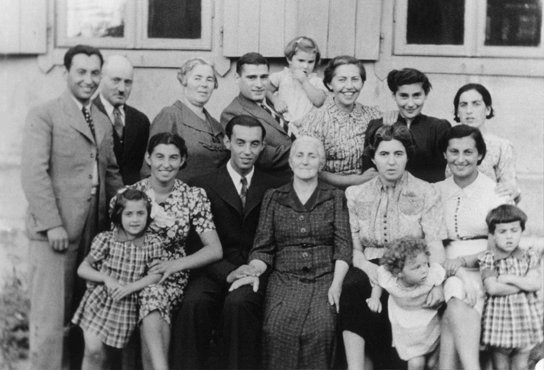
Introduction to Judaism
Judaism is a monotheistic religion, believing in one god. It is not a racial group. Individuals may also associate or identify with Judaism primarily through ethnic or cultural characteristics. Jewish communities may differ in belief, practice, politics, geography, language, and autonomy. Learn more about the practices and beliefs of Judaism.
Key Facts
-
1
Jews have lived in many different countries around the world through the centuries.
-
2
Major events in the history of Judaism include the destruction of the Second Temple in Jerusalem in 70 CE, the Holocaust, and the founding of the State of Israel in 1948.
-
3
Judaism in the 21st century is very diverse, ranging from very Orthodox to more modern denominations.
Jewish Life and Religious Practices
There is a wide variety of acceptance and observance of the following practices by denominations and individual Jews.
Jewish Calendars and Holidays
Jewish life is guided by its annual and life cycle calendars. The annual calendar is a lunar calendar with approximately 354 days in one year on a 12-month cycle, with an extra month (Adar II) added occasionally to compensate for the difference between the lunar and solar calendars.
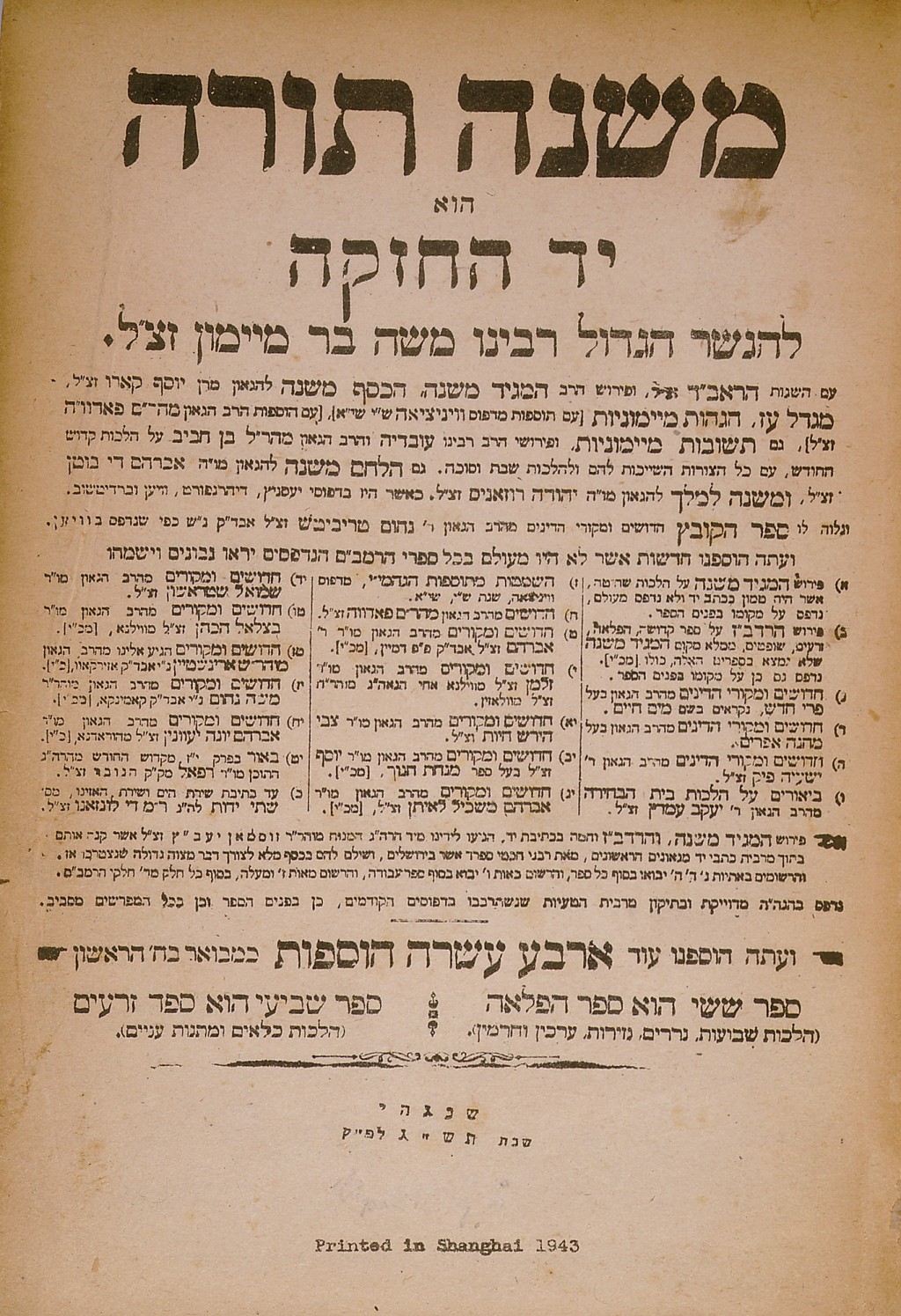
The Sabbath has been a cornerstone of Israelite religious practice from earliest times and is frequently mentioned in the Torah. The other holidays mentioned in the Torah include the Jewish New Year (Rosh ha-Shanah), the Day of Atonement (Yom Kippur), and the three festivals on which pilgrimages were made to the Temple in Jerusalem: Passover or Pesach (marking the Exodus from Egypt), Shavuot (marking the giving of the Ten Commandments at Mount Sinai), and Sukkot (the feast of tabernacles, a harvest holiday). Other holidays, such as Hannukah and Purim, were instituted to commemorate events in Jewish history that took place after the Torah was written. Yom ha-Shoah (Holocaust Remembrance Day) and Yom ha-Atzma’ut (Israel Independence Day) are 20th century additions to the Jewish holiday calendar.
The Observance of the Sabbath
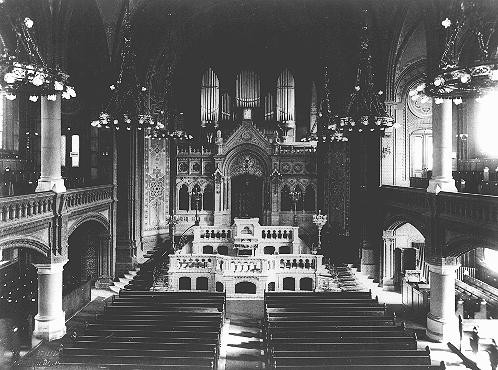
The weekly observance of the Sabbath, commencing on Friday evening at sundown and concluding 25 hours later, is a cornerstone of Jewish religious practice. The Sabbath is a time for slowing down, spending time with friends and family and at synagogue, and disconnecting from the daily demands on our time.
Ritual Torah Readings
The Torah is read ritually in synagogue three times a week, on Mondays, Thursdays, and Saturdays, following a yearly cycle through the entirety (or a third, depending on community) of the Five Books of Moses. Additionally, on holidays, special sections are read in synagogue that tie to the themes or origin story of the holiday being observed.
Jewish Prayer Practices
Jewish prayer services are conducted in the Hebrew language in the more traditional denominations of Judaism, and include varied levels of English (or the native language of the community’s Jews) in denominations such as Reform, Reconstructionist, and Renewal. A rabbi can lead services but is not required. On weekdays, daily prayers are recited three times—morning, afternoon, and evening—with a fourth prayer service added on the Sabbath and holidays. While many prayers can be recited individually, certain prayers and activities, such as the reading of the Torah and the mourner’s prayer (the kaddish), require a minyan or quorum of ten Jewish adults. As with the distinctions regarding English in the prayer service, some traditional denominations only count male adults in a minyan, while others count all adults.
Dietary Laws in Judaism
Other central aspects of Jewish ritual observance include the dietary laws (laws of kashrut), which forbid consumption of certain foods (like pork or shellfish), prohibit the mixing of milk and meat, and prescribe special rules for the slaughter of meat and poultry. Denominations and individual Jews may or may not follow these dietary laws strictly.
Jewish Lifecycle Events
Major life-cycle events in Jewish tradition include the brit milah (ritual circumcision on the eighth day of a Jewish boy’s life), Bnai Mitzvah (a ceremony marking the passage from childhood to adulthood, at 12 years for a girl and 13 for a boy), marriage, and death.
The Role of the Synagogue in Judaism
Following the destruction of the Temple in Jerusalem in 70 CE, the synagogue (derived from a Greek word meaning “assembly”), or Jewish prayer and study house, became the central place of Jewish religious prayer and worship. The role of the priesthood, so central to the Temple service, diminished, and the rabbi (literally, “my master”), or scholar versed in Jewish law, rose to a position of prominence in the community.
After the Holocaust
Before the Nazi takeover of power in 1933, Europe had a vibrant and Jewish culture.
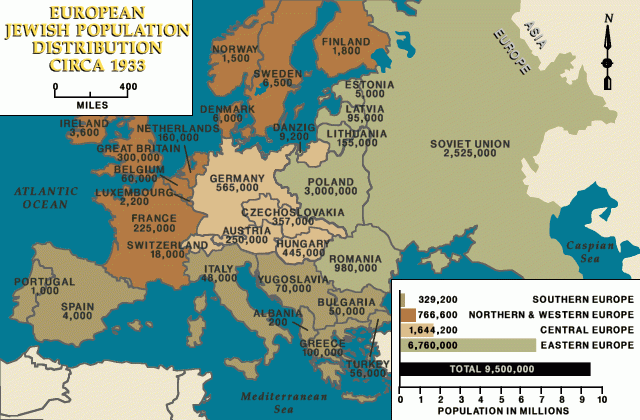
By 1945, after the Holocaust, most European Jews—two out of every three—had been killed. In the postwar years, most Holocaust survivors decided to leave Europe. Hundreds of thousands established new lives in Israel, the United States, Canada, Australia, Great Britain, South America, and South Africa.
As of 2023, there were over 15.5 million Jews around the world. The majority of world Jewry lives in Israel or the United States.
Critical Thinking Questions
Investigate the wide range of observances and traditions in the Jewish communities before, during, and after the Holocaust.
Learn about the history of the Jewish community in your country.
